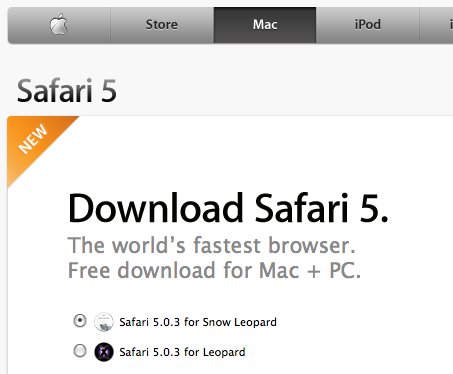

As soon as the user comes back to the office, that field will get set back to the Internal URL. The problem is you have to do it manually (which means Outlook Anywhere isnt doing its job). You can change this setting by going to the Preferences, clicking on Accounts, then clicking on Advanced in the Folders tab. So, I know that if I manually enter the External URL into the server field in Outlook 2011, the client will connect. If you experience issues with your sent messages not showing up in Gmail on the web, I’d argue not to do this. Save copies of messages in Sent Items folder > leave unchecked The recommended syncing setup for Outlook can be found at following link:
#Download outlook 2011 how to
Again, this is completely optional, and I’ve sectioned off the various extra steps so you can pick and choose how to get the most out of Outlook.
Type chmod -R 755 < IdentityName >, and then press Enter.Go to the parent directory of your Outlook 2011 identity in Terminal by typing the following command. This second section is basically for the picky among us, and can affect how Gmail labels appear in other email apps you might use. In Spotlight Search, type Terminal and then double-click Terminal from the search results. If you want to clean up the sidebar and plan on only using Outlook to access your Gmail account, want to view All Mail, and want to resolve some of the weird quirks seen in Outlook, we can make a couple additional changes in the settings. Yahoo mail and gmail just pop right in, but the exchange mail takes a really long time.
#Download outlook 2011 download
it seems to take for-EVER to download the mail and for each message to open.
#Download outlook 2011 mac
Go to the Preferences, select General, and check the box, “Hide On My Computer folders.” The other options here are simply personal preferences, and I’ll let you play with them. I don’t have Outlook 2011 and eventually got Davmail to work with Mac mail. This site is like a library, Use search box in the widget to get ebook that you want. Click Download or Read Online button to get Occupational Outlook Handbook 2010 2011 Paperback book now. Can I download Outlook 2011 somewhere and use the rest of the Office 2016 suite I've searched everywhere now. Download Occupational Outlook Handbook 2010 2011 Paperback PDF/ePub or read online books in Mobi eBooks. Unfortunately we still have a Exchange 2007 server at our office and Outlook 2016 doesn't work with it. If you’re only using IMAP accounts with Outlook, we can turn off the On My Computer mailboxes. Occupational Outlook Handbook 2010 2011 Paperback. Close - we’ll be changing a couple of settings to finish up. Unfortunately, Outlook takes some initiative and hides folders like All Mail, even if you’ve allowed it to sync on Gmail’s side. These folders are linked with what you already see in the sidebar. If you expand the folder, you’ll notice some redundancy with the previously mentioned mailboxes, but it’s nothing you have to worry about. In the sidebar, you’ll notice INBOX, Drafts, Sent Mail, and Trash mailboxes, with and Spam sitting underneath. Currently, it should be at least version 14.3.4 as of this guide.

Before you proceed, make sure Outlook is up to date by visiting About Outlook in the Outlook menu. Today, Gmail support is much better, although there are some interesting quirks which we can optionally iron out in the next section. There were also naming conflicts which have since been resolved. When this tutorial was first introduced in 2010, the frustrating issue with Outlook was that it didn’t intuitively map its folders with Gmail’s. I find the following settings as shown in the screenshot below work best for me. Make sure POP is disabled and IMAP is enabled. Next, click on the Forwarding and POP/IMAP tab. From the drop down menu, click on Settings. Log into Gmail and click the settings button - look for the gear on the right. I hope you find this guide more more relevant and useful than it was before.īefore opening Outlook, we should double check some settings in Gmail so that you can properly sync your messages to the desktop. I’ve also removed the previous introduction - I’ll get straight to the point.

The second details how you can make Outlook feel more like Mail, and includes some of what was previously covered in the 2010 tutorial. The first shows you where to plug in your account information, and I’ll also walk you through some extra steps to remove a couple unnecessary folders. In this revised guide, you’ll now find two major sections. Most of the setup that was previously required is now automated. In 2010, Outlook poorly supported Gmail accounts, but today it’s a lot better.


 0 kommentar(er)
0 kommentar(er)
